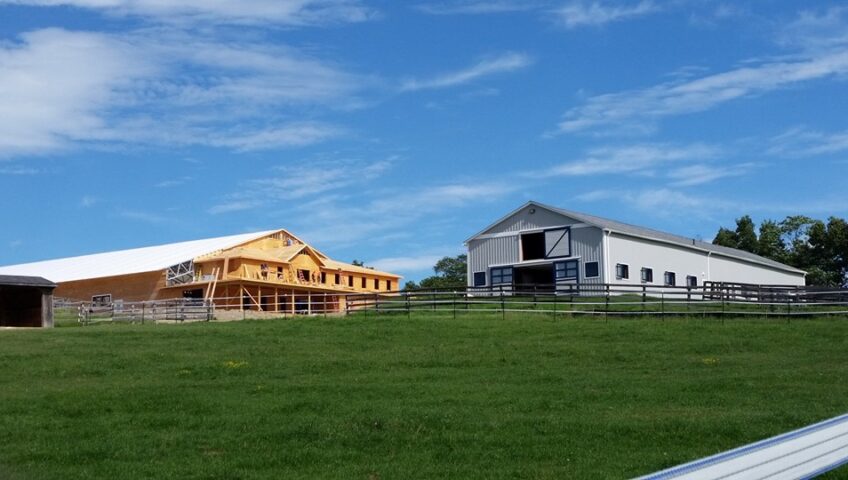Green Building
One of the leading industry concerns for engineering and architectural firms is the problem of climate change. As water levels continue to rise, and as the weight of existing infrastructures bears down on already sinking land, engineers are looking for design solutions that can mitigate past inefficiencies and work towards withstanding and reducing climate change in the future. With nearly 40% of the population living in heavily affected coastal areas worldwide, the need for environmentally conscious engineering is imminent.
What Can Be Done?
Raising energy-use concerns early in the process is essential. By using simulation software, considering sustainability, and thinking of the entire building system, engineering and architectural firms can implement design solutions that tackle sustainability from the very beginning of a project. For example, according to the engineering software company Autodesk, “the movement of fluids (examples include air and water) is a very large cause of energy loss in many systems due to drag. Simulation can help reduce these losses.” Reduced losses mean that less energy is required to power the system, resulting in lower emission levels overall.
Architects can also recommend elevating floor levels, adding moisture-resistant drywall, and installing fixed barriers where needed. Once a building is in use, engineering services teams can help tenants get the most out of efficiency and safety features by using building management system (BMS) and building energy management system (BEMS) tools.
The Bottom Line
Green building, or environmentally sensitive architecture, is benefiting from more government incentives, grant programs, success stories, and better marketing strategies. Architectural and engineering services firms that can design products with environmentally sound features are in demand, and those firms may have the best chance of differentiating themselves in the current market.


